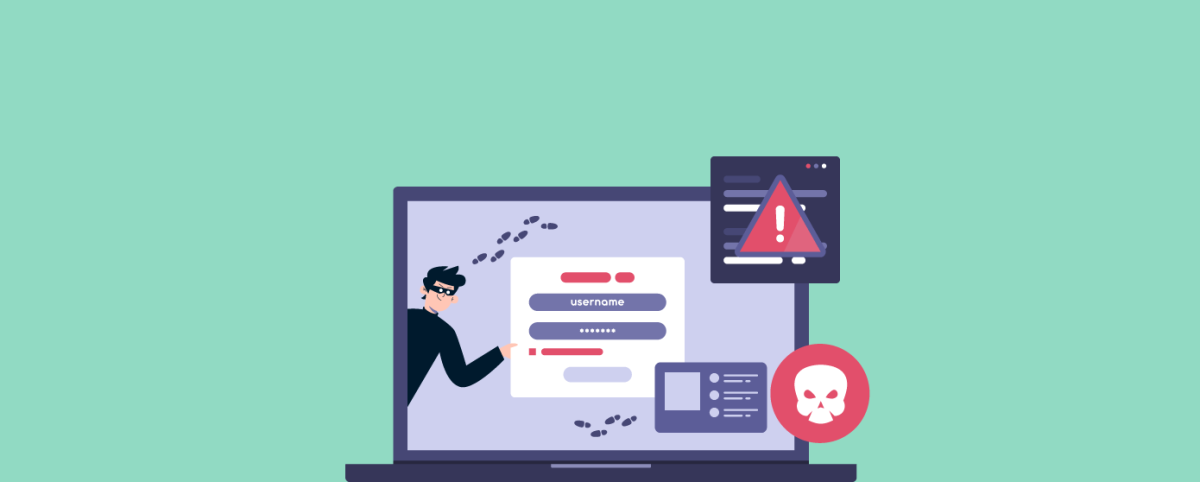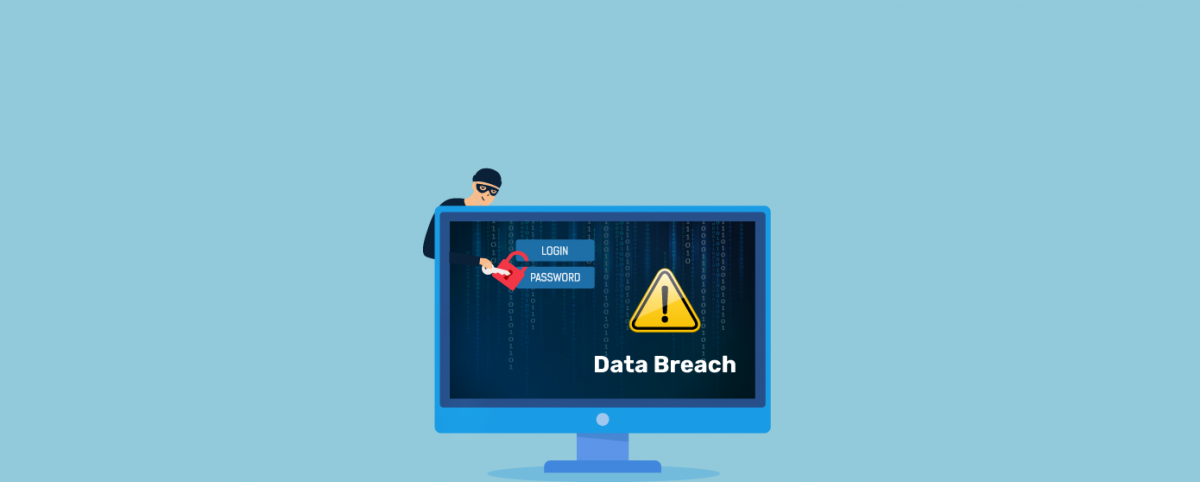3 Data Protection Tips to Prevent Data Loss
The data breach trend seems to be increasing. More and more companies are being targeted by the day, and it seems as though no company is immune to this type of crime. This is likely because hackers are becoming better at finding and exploiting vulnerabilities in all types of systems. Cybercriminals are exploiting companies of all sizes and getting more and more profits from these attacks. There are several things you can do to protect your business from data breaches. In this blog, we discuss all about the data breaches-trend and the 3 important data protection tips to combat this trend.
Data Breaches Are Increasing in Number
The frequency and severity of data breaches are on the rise, with organizations losing $4.24 million per incident in 2021 an increase from $3.86million in 2020. This represents a massive shift in how organizations handle their confidential data and a growing concern for individuals who have their personal information exposed.
There are several reasons for this increase in the number and potency of data breaches. For starters, cybercrime is becoming increasingly sophisticated and organized, with hackers using increasingly sophisticated tactics and tools to steal data. Additionally, businesses are not taking appropriate measures to protect their data from being stolen in the first place. Many organizations deploy basic security measures such as antivirus and password management policies, but these measures do not always cover all potential vectors for data theft (including attack exploits).
Data breaches can also be caused by insiders who abuse their access to sensitive information or hijack systems for nefarious purposes. In some cases, employees may make careless mistakes that allow unauthorized individuals access to confidential data. All these factors have contributed to an increase in data breaches and corresponding losses.
Impact Of Data Loss on Business
Data loss is one of the most common business problems that organizations experience. Data loss can refer to any data, from email to financial records to customer data. Every organization relies on data to function and maintain its operations. When data is lost or stolen, it can significantly impact the business.
Financial impacts can include the cost of training employees on how to cope with the incident and restoring lost data and any lost sales or profits caused by the data loss.
Data loss can also cause other indirect problems for the organization, including:
- Morale issues among employees who are responsible for managing or storing the data
- Increased expenses related to audits or investigations
- Decreased efficiency as employees must spend time trying to reconstruct information
- Decreased revenue due to lost opportunities
- Decreased customer loyalty and engagement
- Increased security risks as confidential information is now available to competitors.
Any organization that experiences data loss should immediately begin recovering the lost data. This process can be time-consuming and require a lot of resources, but it is essential to ensure that the business continues running smoothly.
3 Data Protection Tips
1. Back Up Your Data
Data backups are essential for any business that relies on data. Having reliable and continuous data backups helps you avoid the consequences of a data loss incident. They allow you to restore your data in the event of a disaster or keep your data safe and secure in a data breach. However, planning for data backups can be difficult because there is no one “right” way to do it. There are a few key things you need to consider, including:
- The type of data your business relies on
- How frequently does your data change
- The size and complexity of your data
- The availability of storage space
- The cost of backups
Once you have a good understanding of these factors, you can start planning your backups accordingly. Here are some tips for making the most effective backups:
- Make regular backups of your most important files and folders. This includes things like your operating system, applications, and user settings.
- Make sure your backup media is easy to access and stored somewhere safe, preferably off-site.
- If you use cloud storage services like Dropbox or Google Drive, make sure to create local copies of your files.
- Regularly test your backups to ensure they work properly and restore files correctly.
- Archive old versions of your files, so you have multiple versions of them to choose from in the event of a problem.
2. Encrypt Your Data
Another way to stop data loss is to encrypt your data. Data encryption is a way to protect data by transforming it into an unreadable format by unauthorized people or software. Some companies also use encryption to protect their customers’ data from being accessed by other employees or hackers.
There are a number of factors to consider when choosing the best encryption method for your needs. You need to determine what type of data you want to protect and what level of security you need. You also need to consider how much security the encryption method will provide; some methods are more secure than others. Additionally, you need to make sure the encryption tool you choose is compatible with your computer and operating system.
3. Monitor Traffic with a Web Application Firewall
With a WAF (Web Application Firewall), you stop data loss/ data breach by blocking malicious requests and preventing unauthorized access to your web applications. Malicious requests can include SQL injections, cross-site scripting (XSS), and attacks that exploit vulnerabilities in your web applications.
By blocking these requests, the WAF prevents attackers from accessing sensitive data or functionality within your web applications. In addition to preventing unauthorized access, the WAF also protects against data theft. By stopping malicious requests before it reaches your servers, the WAF can stop attackers from stealing information such as login credentials or session tokens. This protection is especially important if you offer downloadable content or e-commerce transactions through your web applications.
WAF also protects against attacks that exploit weaknesses in cryptography to secure sensitive data. An example of this type of attack is a man-in-the-middle (MITM) attack, where an attacker intercepts and decrypts encrypted data between the user and the server. By preventing attacks of this type, the WAF can help protect the confidentiality of users’ information.
Conclusion
Data loss is a major issue that businesses and individuals face daily. In some cases, it can be costly to restore data due to the time and resources required. Prevention is always better than cure, so setting up policies and procedures that will help minimize the chances of data loss is always a good idea.
Be sure to Encrypt, Monitor, And Back It Up!
Found this article interesting? Follow Indusface on Facebook, Twitter, and LinkedIn to read more exclusive content we post.


 March 31, 2022
March 31, 2022






